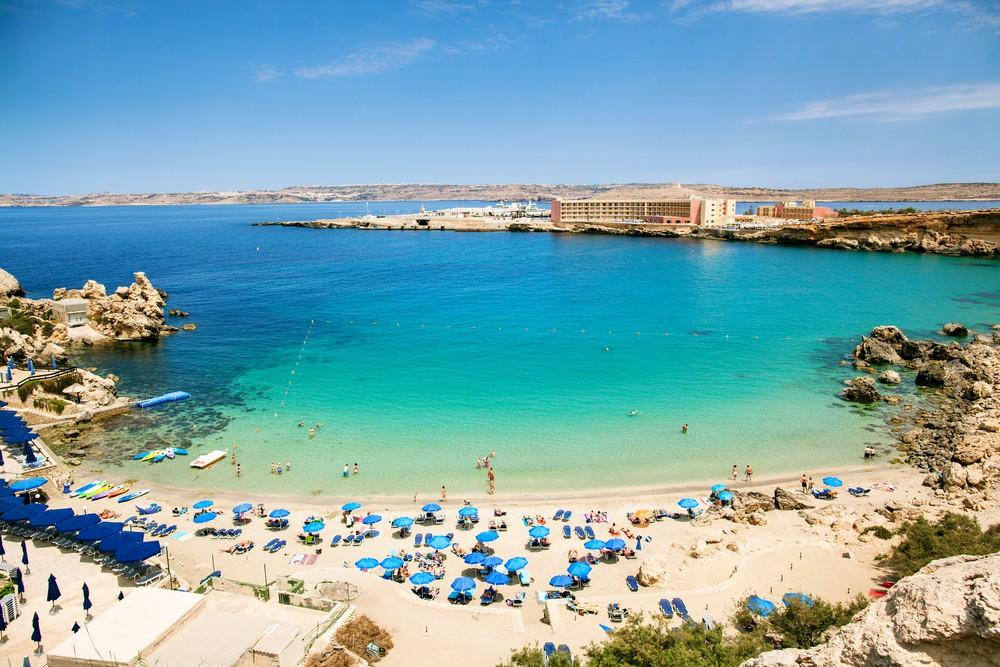If you like it warm and sunny on holiday, Malta is the right place for you. With an average of 300 days of sunshine a year, Malta is way ahead. Surrounded by clear waters, the island attracts millions of tourists every year with its wonderful beaches, delicious food and rich history. These are the most beautiful places in Malta:
Valletta – The capital
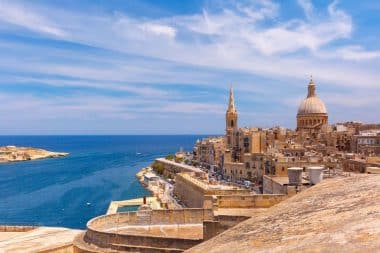
The city on the northeast coast of the island was built from 1566 according to the plans of the master builder Francesco Laparelli . It was to serve as a fortress city and make use of the latest military findings. Fort St. Elmo, which had previously been destroyed by the Ottomans, was also included in the city.
Valletta is now considered one of the most historically secured cities in the world and was completely inscribed on the UNESCO World Heritage List in 1980. You really don’t have to look for Valletta’s past. It permeates practically the entire city, slumbering in old cathedrals, palaces, the Teatru Manoel and, of course, well preserved in the city’s museums.
Although it is the smallest capital city in Europe, its wealth of culture and history is hard to beat.
Victoria – Queen of Cities
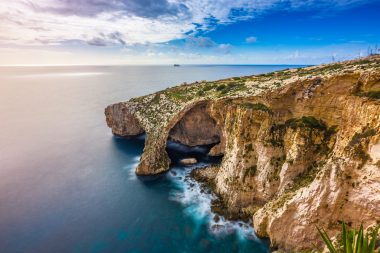
Victoria is also a capital city. Namely, the capital of the Maltese island of Gozo.
Her name actually refers to Queen Victoria. In honor of its jubilee on the throne in 1897, the city was renamed Rabat at the time.
Several artifacts indicate that the area had already been settled in the Bronze Age. In the 3rd century BC, a Roman settlement was established there, and from the 6th to the 9th century it was part of the Byzantine Empire. It was given the name Rabat during the occupation by the Arabs.
Despite a protective citadel, almost the entire population was enslaved and sold on in the middle of the 16th century.
Victoria is both the geographical and cultural centre of Gozo and while all roads lead to Rome , all roads in Gozo lead to Victoria.
The citadel is still the heart of the city today. In addition, the cityscape is dominated by churches and various cultural buildings.
Mdina – Historical Flair
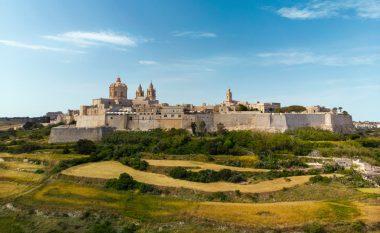
As early as the Bronze Age, the hill on which the small town is located today was used as a place of settlement. Later, it was expanded into a fortress by the Phoenicians and called Malet, which was transformed into Melita during the Roman rule. In 870 AD it received its present name from the Arabs. Until the 16th century, it functioned as the capital of Malta, but for the time being it gave this title to Birgu.
Today, the former capital has only about 235 inhabitants, but is still a center for tourism. You are almost immersed in another time, in a world of the Middle Ages. Only a hotel and a few restaurants are available to travelers there. Thus, the city seems almost deserted in the evening and therefore bears the name “the silent city”.
Sliema – Party stronghold with history
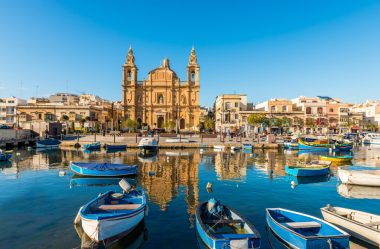
Just a few kilometres from Valletta, the city of Sliema is practically opposite the capital.
A strong difference to the other cities of Malta is that English is mainly spoken on Sliema due to the influence of Britain. However, this peculiarity also spread to the surrounding towns.
During the siege of Malta in 1565, the Ottoman troops used the site of Sliemas – then still il-Qortin – as a base to destroy Fort St. Elmo. In memory of this event under the Turkish admiral Dragut, the place is still sometimes called “Draguts Point”.
About 350 years later, Sliema became the summer residence of the wealthy population of Valletta. From the 1990s onwards, the city changed its image and Victorian buildings gave way to modern luxury buildings and hotels.
The town offers plenty of shopping and dining, and is great for strolling along the miles of seafront. This is also a wonderful experience at night due to the warm climate.
Marsaxlokk – Traditional Fishing Place
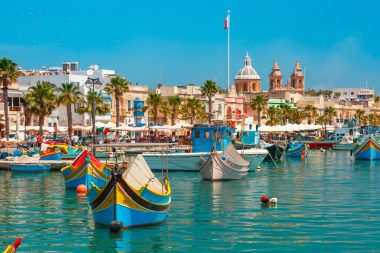
The picturesque fishing village of Marsaxlokk captivates with the typical Maltese fishing boats, which swing in the harbour of the village. The everyday market also exerts a very special attraction on visitors. The original fish market is mainly geared towards the traveller from Monday to Saturday and offers everything from food to clothing to souvenirs. In between, tradition is also upheld.
As a fishing village, the place is of course also the location of many good fish restaurants. Visitors who are enthusiastic about history can visit, for example, the Fort St. Lucian or the Għar Dalam Cave with its associated museum.
Of course, the cool, clear water is particularly tempting, in which it is best to dive in the St. Peter ́s Pool.
San Ġiljan – Life of the Night
San Ġiljan has skilfully combined the charm of a fishing village with the modernity of a tourist centre to become a popular holiday destination.
If you are hoping for a vibrant nightlife, you should pay a visit to San Ġiljan. The city offers numerous luxury hotels, bars, pubs and discos. Together with Sliema, it is a popular destination for party animals.
Directly on the party mile is also a small sandy beach, which is good for swimming and diving or sunbathing.
By the way, the only kosher restaurant in the island state is also located in San Ġiljan.


